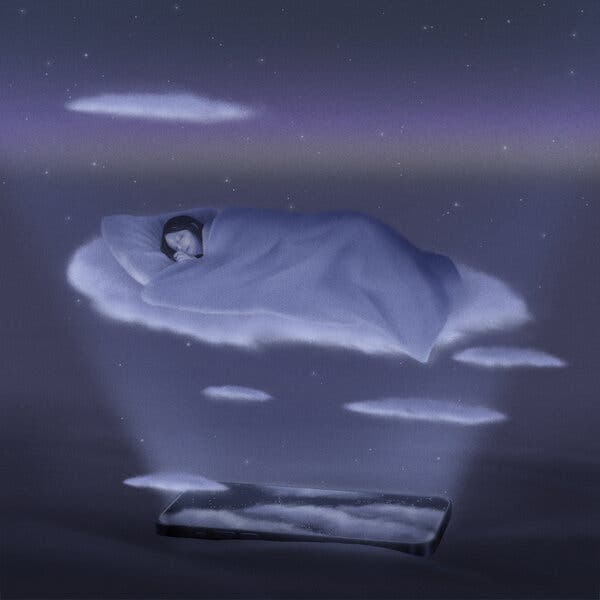For years, experts have cautioned against exposure to blue light from devices like smartphones, televisions, and laptops before bedtime. This light is believed to suppress melatonin, the hormone that signals drowsiness, resulting in increased alertness and difficulty falling and staying asleep.
However, recent analyses suggest the connection between blue light and disrupted sleep is more nuanced than previously understood. Researchers examining the evidence indicate that blue light alone may not be the sole factor impairing sleep quality, and in some instances, screen use might even facilitate falling asleep.
This article explores what current studies reveal about blue light’s effect on sleep and offers insights into how to promote better rest.
Many earlier studies investigating blue light’s impact on sleep are limited by small participant groups and controlled laboratory settings, which may not accurately represent everyday scenarios.
While blue light exposure can reduce melatonin levels, evidence suggests that screen use does not consistently produce this effect. Factors such as the duration of device use, the proximity of the screen to the eyes, and screen brightness appear to influence melatonin suppression.
For example, research has shown that using a tablet at maximum brightness for two hours causes a slight decline in melatonin, whereas one hour of use does not. Watching television from a distance of nine feet showed no impact on melatonin levels. Additionally, higher screen brightness tends to suppress melatonin more significantly than lower brightness settings.
Daytime habits also play a role; increased exposure to bright natural light during the day may reduce sensitivity to melatonin suppression caused by evening screen use.


0 Comments
No comments yet. Be the first to comment!